I’ve been a middle school teacher for nearly a dozen years. Over those years, I have noticed an unfortunate decline in students’ independent reading, both at school and at home. Recent research bears out this observation. In many schools, opportunities for independent readingknown by many catchy names including SSR, DEAR time, free reading, and wild readingdiminish markedly by the time students reach sixth grade. In his 2013 book, The Read-Aloud Handbook, educator and author Jim Trelease notes that “54 percent of fourth graders read for pleasure, 30 percent of eighth graders, and only 19 percent of twelfth graders.”
Although this precipitous drop during the teenage years coincides with puberty, adolescents’ expanding social lives, and greater access to personal digital devices, the research suggests that the decline is not because of hormones, YouTube, or what some authors call ‘the curse of the whole-group novel study.’ It’s about time, and how the nature of that time changes as our students’ brains, and the demands on them, change.
Across the various schools I have worked in, reading groups, whole-class novels, literature circles, and literary teasalong with independent readingwere a significant part of the student learning experience, and time, as they progressed from kindergarten to fifth grade. And through those years, teachers support students to master decoding and fluency and focus on measuring reading comprehension. At Belmont Day, creating independent readers and instilling a love of reading and literature are among the primary goals of the lower school programand I believe we do that very well.
Yet I have noticed that even here at Belmont Day the joy that many of our younger students have for reading often loses some of its buoyancy in middle school. Seventh grade is when many students make a distinct leap from concrete thinking to abstract reasoning. They are able to deal with more complex and nuanced literature that requires inferential reasoning to understand. The more complex the literature, the more it also helps to engage in reading that is guided or supported by a teacher. For this reason, there is often a shift away from literature circles or reading groups, toward a whole-group novel study. But when whole group novels take up reading time, it can be really tough to fit in personal reading during the school day. It is also increasingly difficult for students (or any of us, really!) to fit reading into the day if it is not assigned.
Last summer I was fortunate to hear passionate reading advocate Donalyn Miller speak at a literacy conference, where I was reminded that the American Library Association has reported, “Students who read independently become better readers, score higher on achievement tests in all subject areas, and have greater content knowledge than those who do not.” The numbers for students who read books that they choose are even higher. Then I stumbled upon this gem from author John Green: “Reading forces you to be quiet in a world that no longer makes a place for that.”
These two sentiments affirmed what Belmont Day teachers have always believedsustained independent reading not only improves academic performance, it also offers time to focus and unplug. This year in middle school, teachers are committed to a simple goal: make reading more visible, encourage the whole community to talk about what we are reading, and in short, read more for pleasure. We ask that middle school students always have an independent reading book with them at school. And we ask that as an entire community, we encourage and engage in reading independently whenever and wherever we can. We can’t wait to celebrate and share in the joy of reading!




